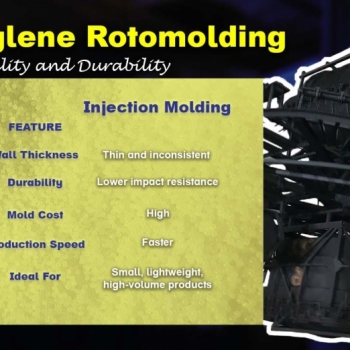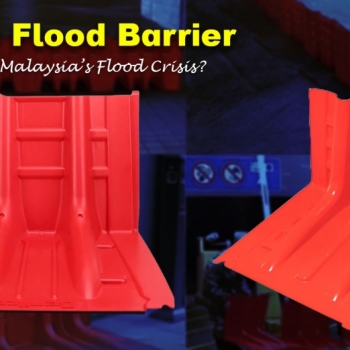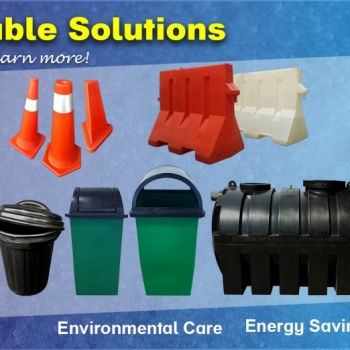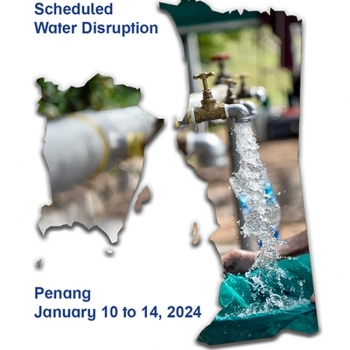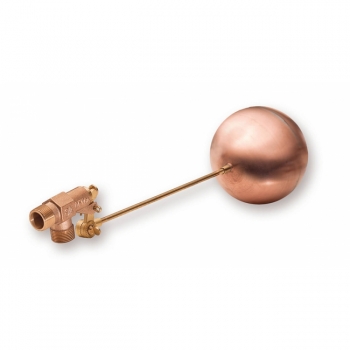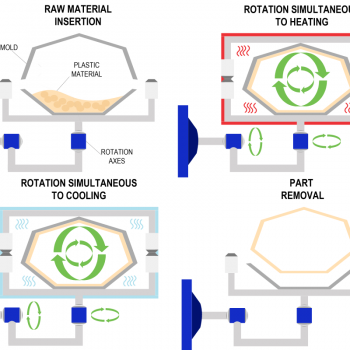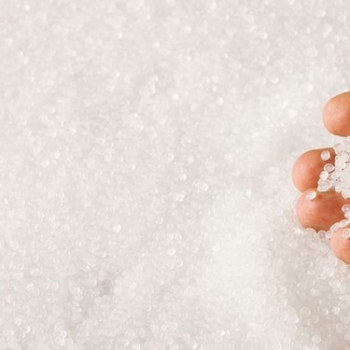Discover the manufacturing marvel of rotomolding! Learn why this process ensures durable planter pots and other polyethylene products with exceptional quality.
The PE Rotomolding Process: Why It’s Ideal for Your Project in Malaysia
14 May 2025
- Key Takeaways
- What is PE Rotomolding?
- How Does the Rotomolding Process Work?
- Other PE Manufacturing Methods: An Overview
- Why Rotomolding is Still Widely Used
- Is Rotomolding a Sustainable Manufacturing Method?
- Choosing the Right Method for Your Project
- Frequently Asked Questions (FAQs)
Key Takeaways
-
PE Rotomolding is a versatile and cost-effective process for producing hollow, seamless plastic products.
-
Compared to blow and injection molding, rotomolding offers superior strength, even wall thickness, and design flexibility.
-
Despite newer methods, rotomolding remains widely used in Malaysia for medium- to large-sized custom projects.
-
This method supports sustainable manufacturing through reduced material waste and recyclability.
Polyethylene (PE) is one of the most widely used plastics in the world, thanks to its strength, lightweight, and chemical resistance. Among the several methods used to manufacture PE products, roto molding (rotational molding) stands out as a favorite for producing large, hollow, and durable items like water tanks, septic tanks, planter pots, bins, playground equipment, floats, buoys, and log booms.
In this article, we’ll explore PE rotomolding, how it works, how it compares to other common methods like blow and injection molding, and why this technique remains a top choice for Malaysian manufacturers with over 40 years of expertise.
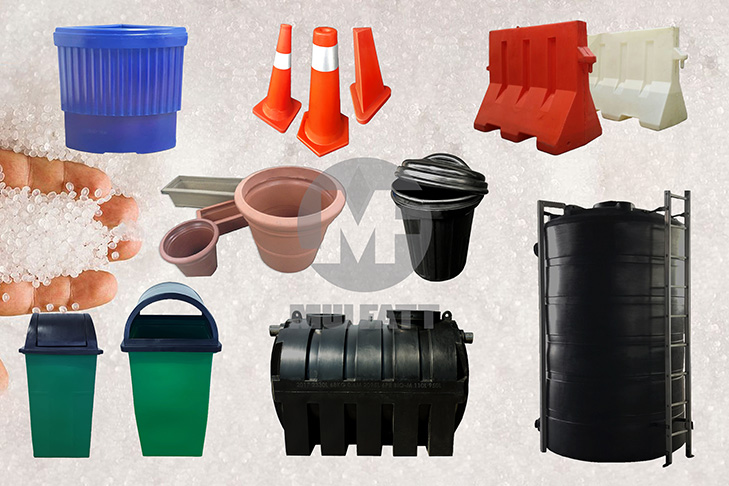
What is PE Rotomolding?
Rotomolding, short for rotational molding, is a manufacturing method to create hollow plastic parts without seams. Polyethylene powder is the most commonly used material in this process due to its excellent flexibility, durability, and affordability.
How Does the Rotomolding Process Work?
The rotomolding process includes the following steps:
-
Loading – PE powder is loaded into a mold.
-
Heating & Rotating – The mold is heated while it rotates biaxially. This allows the powder to melt and coat the mold’s inner surface evenly.
-
Cooling – The mold is slowly cooled while still rotating to maintain uniform wall thickness.
-
Unloading – The finished hollow product is removed from the mold.
Rotomolding excels in customizability, lower tooling cost, and producing large, durable products.
Our article, The Art of Rotomolding: Durable Polyethylene Planter Pots, demonstrates how design flexibility and durability combine in landscaping applications.
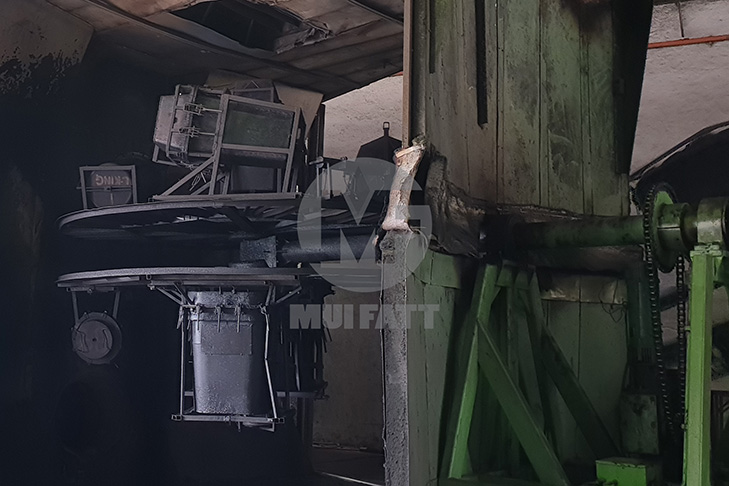
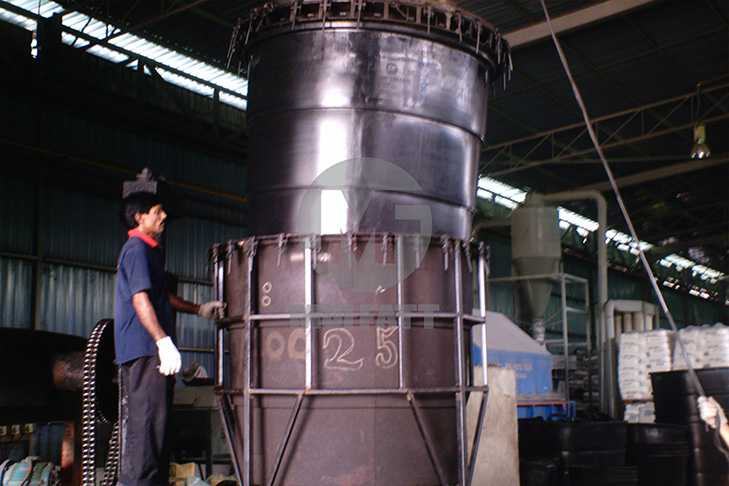
Other PE Manufacturing Methods: An Overview
Blow Molding
Used for manufacturing thin-walled, hollow products like plastic bottles. Heated PE is extruded into a mold and air is blown in to form the shape.
Injection Molding
Best for producing solid or complex-shaped parts. Molten PE is injected into a mold under high pressure. Suitable for high-volume, smaller items.
Compression Molding
Used less commonly for PE. Involves compressing heated plastic between two molds. Typically used for very large or heavy-duty applications.
| Feature | Rotomolding | Blow Molding | Injection Molding |
|---|---|---|---|
| Wall Thickness | Uniform | Variable | Controlled |
| Setup Cost | Low | Medium | High |
| Mold Cost | Low | Moderate | High |
| Volume Suitability | Medium-Volume | High-Volume | Very High-Volume |
| Product Type | Large, Hollow, Customizable | Bottles, Containers | Complex Small Parts |
| Sustainability | Minimal Waste | Moderate Waste | High Waste Potential |
If you're deciding between rotomolding and other methods for your plastic container needs, particularly bins or dustbins, check out our detailed comparison on Rotomolding vs. Injection Molding for Plastic Dustbins to help you choose the right method.
Why Rotomolding is Still Widely Used
Despite being an older technique, rotomolding continues to be relevant in Malaysia due to:
-
Design Flexibility – Easily customized shapes and wall thickness.
-
Cost-Efficiency – Ideal for small-to-medium production runs.
-
Durability – No weld lines or seams that weaken the structure.
-
Local Availability – Experienced manufacturers and ready access to raw PE materials.
Is Rotomolding a Sustainable Manufacturing Method?
Yes, it is relatively sustainable:
-
Low Material Waste – Nearly all material is used in the mold.
-
Energy Efficiency – Modern ovens reduce power consumption.
-
Recyclability – PE products can be recycled or reprocessed.
-
No Toxic By-products – It’s a clean, emission-safe process.
However, sustainability depends on the resin quality and responsible end-use practices. For water tanks or food-grade products, only virgin PE should be used, while recycled PE can be used for non-consumable items like log booms or planter pots.
Our commitment to sustainable manufacturing extends beyond the factory. For example, we recently donated PE tanks for rainwater harvesting to a local school as part of our CSR initiative. Learn more in our CSR Spotlight: PE Tank Donation to SMK Pulau Indah.
Wondering if a rotomolded plastic water tank is safe for drinking water or rainwater harvesting? We've answered that in our article on plastic water tank safety — don't miss it.
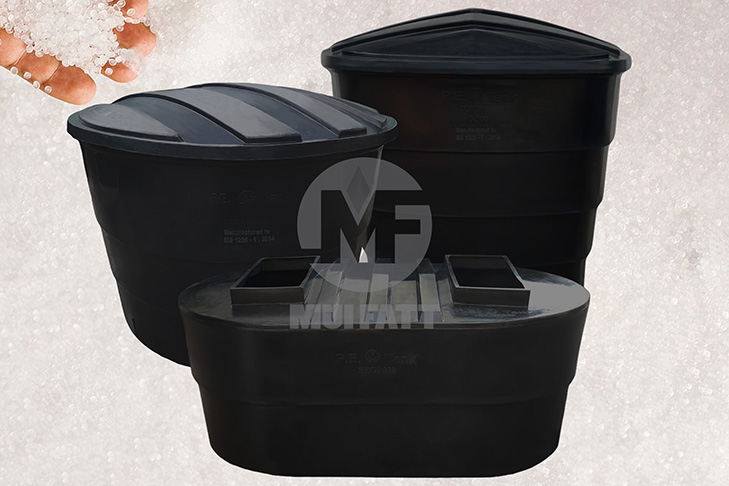
Choosing the Right Method for Your Project
Not sure which polyethylene manufacturing method best suits your project? Start by evaluating key factors such as:
-
Product size and shape
-
Required production volume
-
Budget and mold/tooling costs
-
Structural strength or durability is needed
-
Estimated lead time
Each method—whether rotomolding, blow molding, or injection molding—has its strengths. The right choice depends on your specific application and performance goals.
At Mui Fatt, we provide expert consultation and custom design support to help you select the most cost-effective and practical manufacturing approach for your needs. Contact us today via WhatsApp or email at sales@muifatt.com.my for a Free Consultation!
PE rotomolding continues to stand out as a highly versatile, sustainable, and reliable method—especially in Malaysia’s market where durable, seamless, and hollow plastic products are in high demand. Understanding how it compares with other techniques empowers you to make informed decisions, whether you're planning for water tanks, planter pots, or industrial containers.
Frequently Asked Questions (FAQs)
What is the typical lead time for PE rotomolding products?
Lead time varies but generally takes 2–4 weeks, depending on mold availability, order size, and project queue.
Can PE rotomolding products be UV-stabilized for outdoor use?
Yes, UV stabilizers can be added to the PE resin for outdoor durability.
Is rotomolding suitable for high-volume production?
It’s best for low to medium volumes, or a longer lead time may be required.
Can recycled PE be used for rotomolding?
Yes, but it’s best reserved for non-potable applications to maintain safety standards.
What kind of customization can be done in rotomolding?
You can customize size, shape, color, wall thickness, and integrate mounting features or metal fittings.
#PErotomoldingprocess #polyethylenemanufacturingmethods #rotomoldingvsblowmolding #PErotomoldingMalaysia #sustainableplasticmanufacturing #polyethylene
Disclaimer:-
The content on this site is for general information and entertainment purposes and does not constitute legal counsel. We strive to keep our information as accurate as possible. However, we make no warranties about the completeness, accuracy, reliability, suitability, or availability with respect to the information contained on this page. You should rely on this information at your own risk. This website may include links to other third-party sites. These links are provided as a convenience to you as a reader, user, or browser only. We make no representation, warranty, or guarantee, nor do we endorse or take responsibility for any of the content of such sites.
Stay in touch with us if you’re interested in hearing from us promptly.
- Website - https://www.muifatt.com.my/home/
- Facebook - https://www.facebook.com/muifattmarketing
- Instagram - https://www.instagram.com/muifattmarketing/
- Google - https://goo.gl/maps/WxVY13gNcaRTS7Jp6
- Youtube - http://www.youtube.com/@MuiFattMarketing
- TikTok - https://www.tiktok.com/@muifattmarketing
- LinkedIn - https://www.linkedin.com/company/mui-fatt-marketing-sdn-bhd-
- Linktree - https://linktr.ee/muifattmarketing
- Shopee - https://www.shopee.com.my/muifattmarketing
- Lazada - https://www.lazada.com.my/shop/mui-fatt-marketing
Recent Blog
Are Plastic Flood Barriers the Solution to Malaysia's Flood Crisis?
Flooding in Malaysia is increasingly common. Explore how plastic flood barriers could be a game-changer.
Polyethylene: Recyclability and Sustainability
Understand the recyclability of polyethylene, its minimal environmental impact, and why we prioritize safety in manufacturing eco-friendly PE products.
Scheduled Water Disruption Penang: Essential Tips for Preparation and Resilience
Get essential tips for preparing and staying resilient during scheduled water disruption in Penang. Don't miss out, read more now! #waterdisruptionpenang
A Complete Guide to Brass Float Valves with Copper Balls
Learn how the robust construction of brass and corrosion-resistant properties of copper make these valves ideal for PE water tanks. Discover the benefits, applications, and maintenance tips for ensuring optimal performance in industrial, agricultural, and other settings.
Rotomolding vs. Injection Molding for Plastic Dustbins: Pros and Cons
Rotomolding and injection molding are two common methods used for manufacturing plastic dustbins. This article compares the pros and cons of each method to help you decide which is right for your needs
Is Plastic Water Tank Safe?
Is potable water stored in a PE water tank safe to be consumed?
